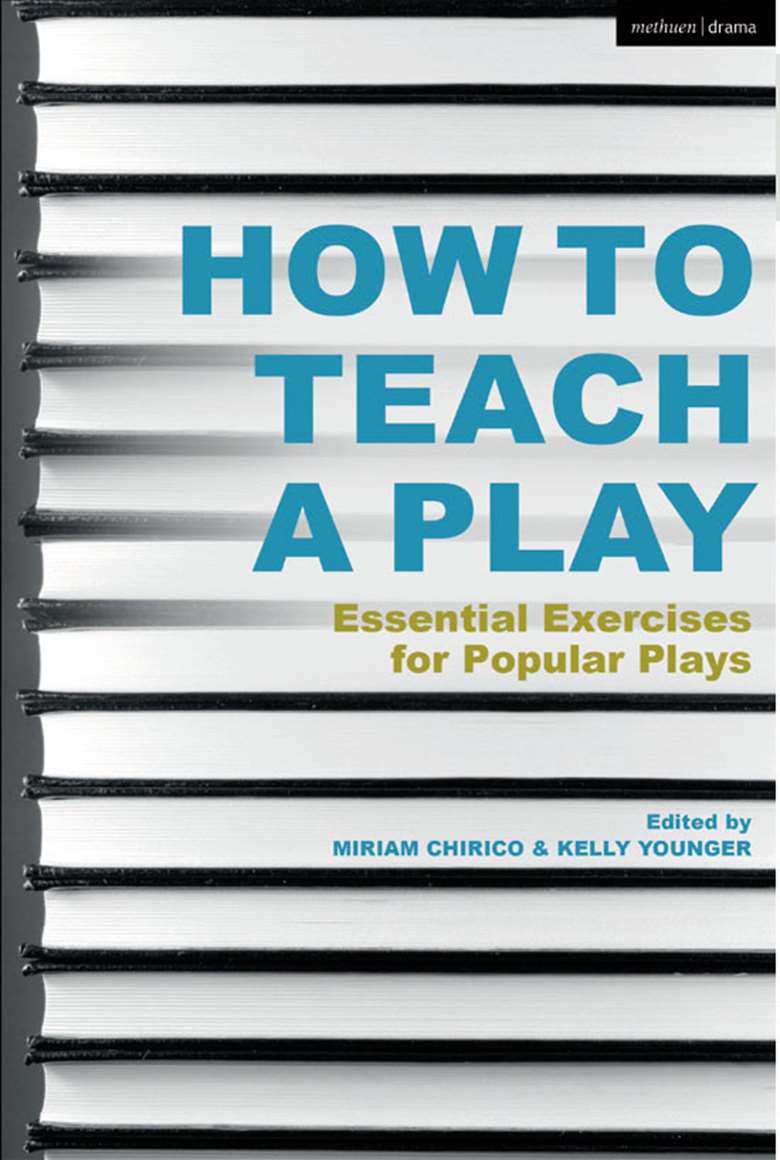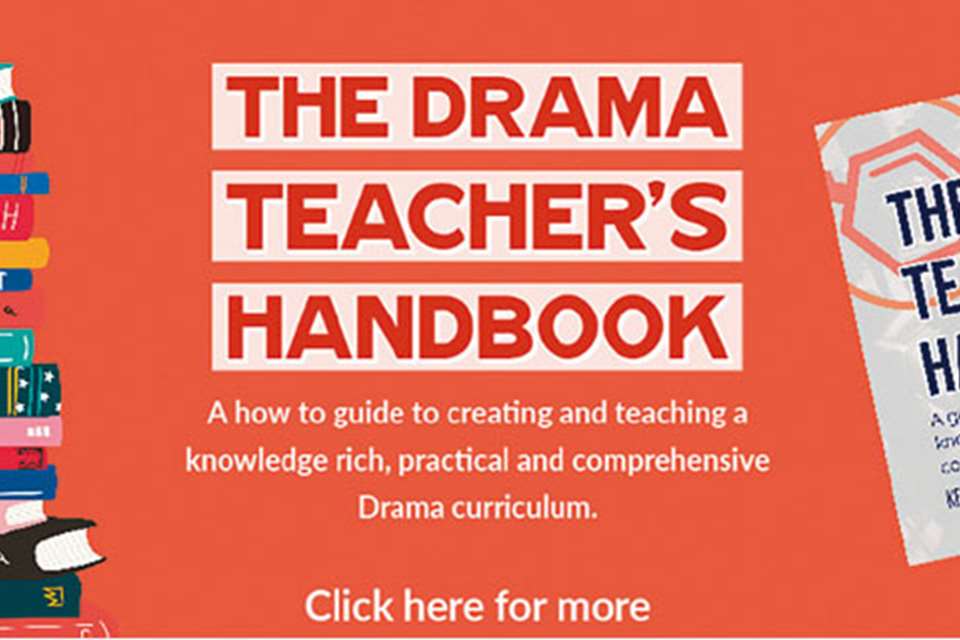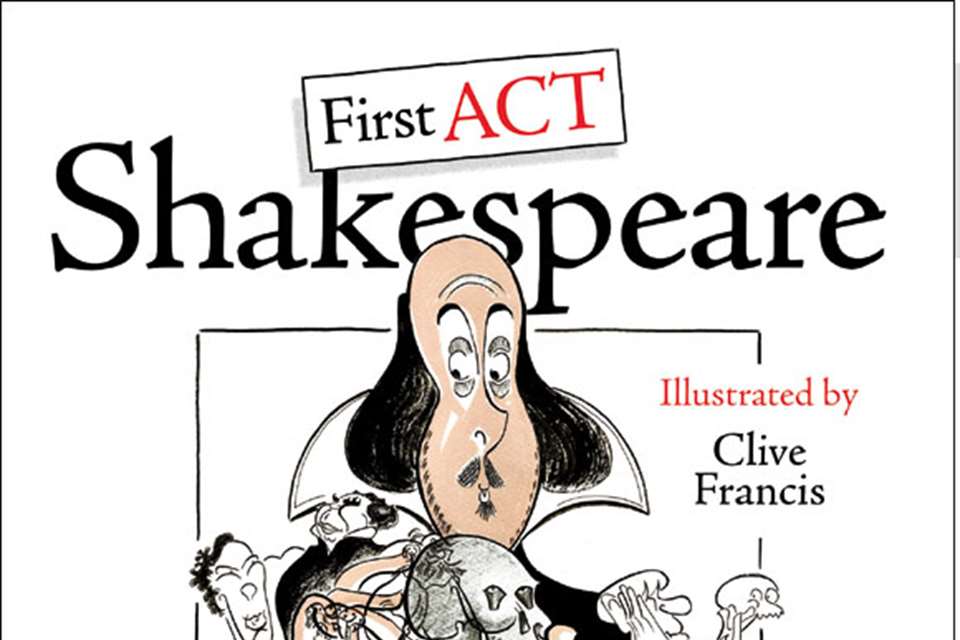Book reviews: How to Teach a Play: Essential Exercises for Popular Plays
Lucy Miller
Friday, October 1, 2021
A rich compilation of tried and tested, grab-and go exercises that have the power to inspire. Edited by by Miriam Chirico & Kelly Younger; published by Methuen Drama.

A very useful addition to any drama teacher's toolkit, How to Teach a Play offers a huge range of engaging and thought-provoking exercises on a large number of mainstream texts. Those on Ibsen's Hedda Gabler and Miller's The Crucible were initially the biggest lure for me, as I currently teach these at A Level and GCSE respectively, under the AQA specification. I decided the best way to review this book was to try it out!
As they returned from the summer break, my Year 13 pupils gained greater sympathy for Hedda when they were asked to consider how her home becomes both her prison and her only creative outlet, through generating their own ‘dream homes' and examining the freedoms they enjoy. Meanwhile, my Year 10 group were introduced to The Crucible through a game of ‘Witches and Villagers' that helped them to understand how hysteria can spread in a vulnerable community. I can report that both exercises were thoroughly enjoyed and sparked some fascinating discussion!
The book is highly accessible – anybody tasked with the challenge of practically exploring a dramatic text would find themselves able to deliver these user-friendly, ‘cookbook’ format sessions, which clearly and concisely lay out the exercise's ‘purpose’, before detailing the preparation and materials needed. Each exercise is then broken down into its ‘Nuts and Bolts', a step-by-step guide to the task. Afterwards, a ‘Reflection’ suggests ways you might encourage students to understand the value of the exercise in relation to the play. There are contributors from a wide range of educational settings internationally, providing a bank of approaches.
For all its merits, the title of this book could be a little misleading. One might be forgiven for expecting a more comprehensive guide on how to teach a play in its entirety, as opposed to single exercises on specified plays. However, what this book does offer is something far more exciting than a plodding scheme of work – it is a rich compilation of tried and tested, grab-and-go exercises that have the power to inspire, challenge and reinvent our approach to performance texts.




